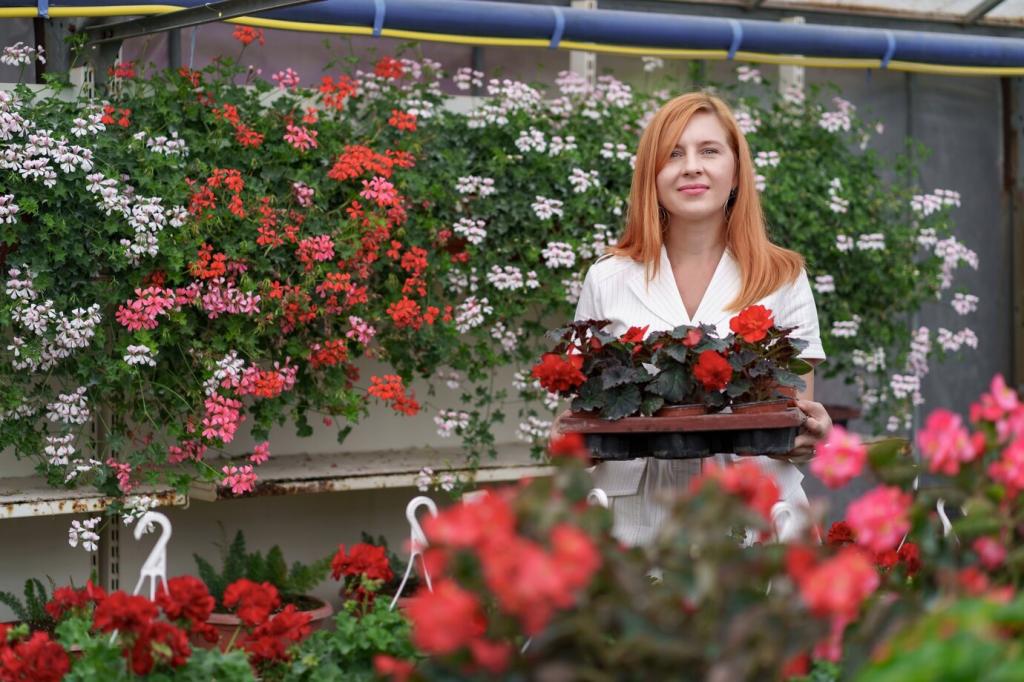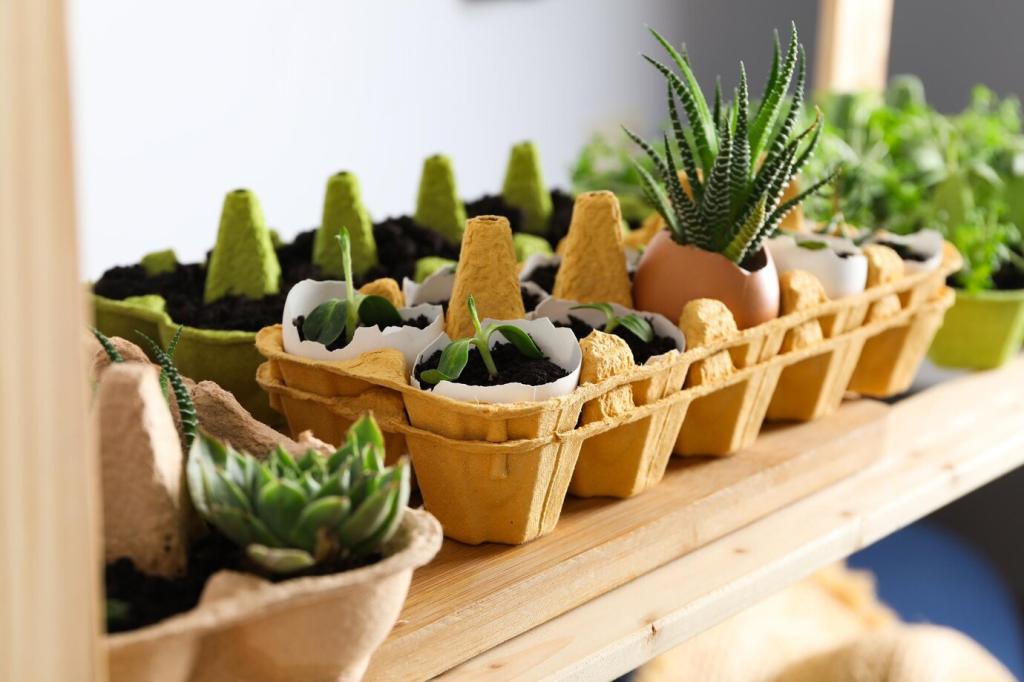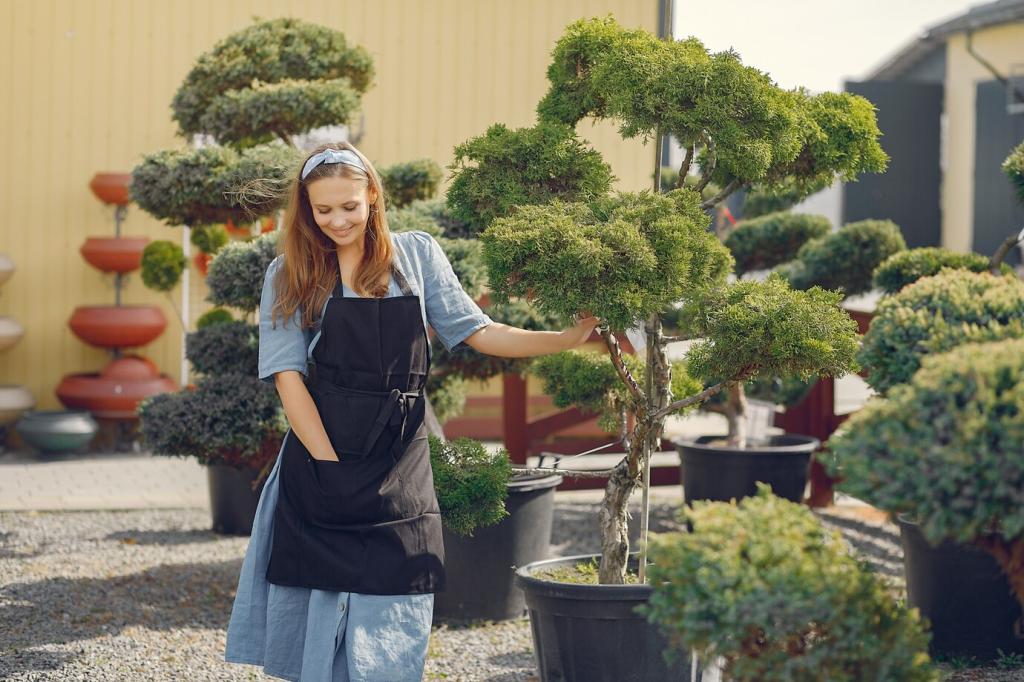
Minimalist Outdoor Spaces: Quiet Beauty, Bold Intent
This edition explores our chosen theme: Minimalist Outdoor Spaces. Step into a world where fewer elements create deeper calm, and every line, texture, and shadow invites you to breathe, linger, and live with intention.
Core Principles of Minimalist Outdoor Design

Less, But Better Layouts
Start with a single purpose—morning tea, quiet reading, or stargazing—then eliminate everything that does not serve it. A concise layout reduces decision fatigue, heightens comfort, and increases the meaning of every chosen element within your minimalist outdoor space.

Negative Space as a Material
Treat empty space like cedar, stone, or steel. Breathing room around a bench or planter turns silence into structure. Negative space invites the eye to rest, the body to relax, and conversations to naturally slow down in your minimalist outdoor haven.

Anecdote: The Two-Stone Garden
A designer once replaced a cluttered patio with two river stones and a single reed grass. Guests fell quiet. The stones framed small rituals—pouring tea, tying shoes—reminding everyone that intimacy arrives when excess politely steps aside in minimalist outdoor spaces.

Planting the Quiet Garden
The One-Species Border
A single species—like feather reed grass or hardy lavender—creates a strong, quiet edge that ripples with wind yet keeps order. This disciplined choice reduces maintenance while amplifying the meditative mood of minimalist outdoor spaces throughout shifting seasons.
Texture Over Color
Favor leaf shape, height, and density over bright blossoms. Pair broadleaf evergreens with fine grasses for gentle contrast. Texture reads calmly from a distance and remains elegant in off-seasons, sustaining the minimalist outdoor aesthetic without demanding attention.
Water-Wise, Climate-Smart Choices
Native and drought-tolerant species minimize irrigation while supporting local ecology. Drip systems, mulch, and grouped plantings maintain moisture and reduce weeds, ensuring minimalist outdoor spaces remain resilient, beautiful, and responsible even through dry spells and busy weeks.
Small Balconies and Micro-Courtyards
Choose a single compact bench or a foldable bistro set rather than multiple chairs. Hidden hooks, under-seat storage, and nesting tables keep surfaces clean. Each element should earn its spot, supporting minimalist outdoor living without visual or physical clutter.
Small Balconies and Micro-Courtyards
Use one wall for a trellis, black slatted screen, or climbing evergreen. Vertical emphasis redirects attention upward, expanding perceived space. It frames light and shadow, making small minimalist outdoor spaces feel taller, calmer, and beautifully composed throughout the day.

Warm LEDs and Layering
Use low-watt, warm LEDs to graze a wall, wash a path, and softly uplight one specimen tree. Three layers are enough. This restrained orchestration supports safety while preserving the poetic hush of minimalist outdoor spaces after sunset.

Moonlighting and Safety
Mount fixtures high to mimic moonlight filtering through leaves. Indirect light reduces glare and light pollution. A few well-placed, shielded sources enhance wayfinding and intimacy, ensuring minimalist outdoor spaces feel welcoming without overpowering the night.
Sustainable Minimalism Outdoors
Selecting fewer, durable materials reduces transport, packaging, and waste. A sturdy bench outlasts four flimsy chairs. This thoughtful restraint protects budgets and ecosystems, aligning minimalist outdoor spaces with practical stewardship rather than short-lived trends.
Sustainable Minimalism Outdoors
Collect rainwater, maintain healthy soil with compost, and mulch generously. These practices support plant health, reduce irrigation, and encourage biodiversity, ensuring minimalist outdoor spaces look serene while operating with quietly effective, earth-conscious systems beneath the surface.


Living with Less: Habits, Hosting, and Ongoing Care
Create a five-minute reset: cushions stored, surfaces wiped, tools returned. A simple routine protects calm. Minimalist outdoor spaces thrive on predictable habits that keep the view open, the mind unburdened, and the next moment ready for use.


Living with Less: Habits, Hosting, and Ongoing Care
Host with fewer, better pieces: one platter, one pitcher, one conversation. Let ambient sounds—wind, birds, distant city hum—be the soundtrack. Share your minimalist outdoor spaces philosophy and invite guests to notice how serenity shapes connection.
